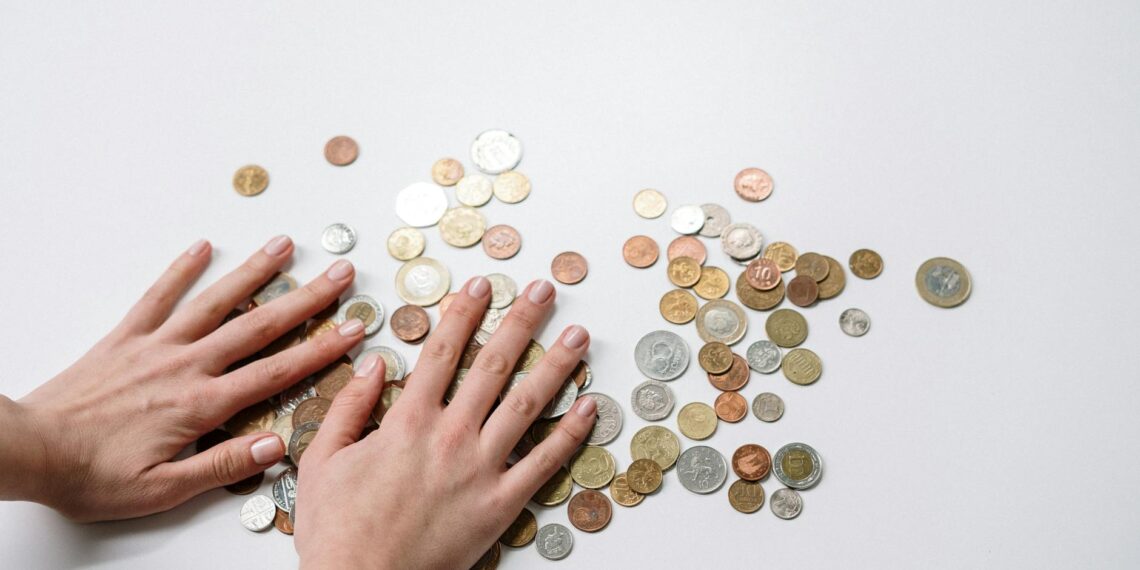Several historical figures and symbols have appeared on US dollar coins over time, but the most consistently depicted figure on the obverse (heads side) of modern circulating dollar coins is Sacagawea.
Since 2000, the dollar coin has featured Sacagawea, the Shoshone woman who assisted the Lewis and Clark expedition, [according to the U.S. Mint Coin Classroom] . She is depicted carrying her infant son, Jean-Baptiste. The reverse (tails side) of the coin initially featured a soaring eagle but now changes annually as part of the Native American $1 Coin Program, honoring the contributions of different Native American tribes or individuals to American history and development. For example, the 2023 coin’s reverse honors Maria Tallchief, America’s first major prima ballerina.
It’s also worth noting the Presidential $1 Coin Program (2007-2016, 2020), which featured portraits of deceased US Presidents in order of service on the obverse, with a consistent reverse design featuring the Statue of Liberty. These coins are primarily produced for collectors now, but you might still encounter them in circulation.
Before Sacagawea, Susan B. Anthony , a women’s suffrage activist, was on the dollar coin from 1979-1981 and again in 1999. Prior to that, President Dwight D. Eisenhower was featured on the dollar coin from 1971-1978, with the reverse commemorating the Apollo 11 moon landing.









Who is the girl on the one dollar coin?
Good point! The obverse design features Sacagawea and the reverse depicts a soaring eagle. In 2009, the dollar transitioned to the Native American $1 Coin Program using the Sacagawea obverse paired with different reverse designs each year. Sacagawea was the Shoshone Indian who assisted the historic Lewis and Clark expedition.